There are more Muslims in South Asia than any other region of the world. Incidentally, but unfortunately, Islam in South Asia has not received its due attention. Its only in recent times that sociologists/social anthropologists have turned their attention to the empirical/field view of Islam and Muslim communities in South Asia. The ‘Textual Islam’ and the ‘Lived Islam’ are not one and the same thing. Thus, it is only Islam in practice or ‘real existing Islam’ may guide the students of Islam to understand Muslim communities. It brings out a very important dimension of the problem-the key question is not what the Qoran says but what Muslims say (and believe) the Qoran says. It has an empirical validity and may be brought out by good field studies. The book consists of twenty one papers dealing with Islam and Muslim communities in India, Pakistan and Bangladesh. Three of the papers deal with social stratification and elements of caste among the Muslims including one on Muslim OBCs. Two papers take a look at the structure of kinship relations and family law and customary practices. The largest number of papers deal with different aspects of religion-rise of Tablighi Jamaat, rites of the Daudi Bohras, rituals of protection, religiosity and Islamic institutions, religion and society among the Shia Muslims, saint worship and tradition of pir-murid. Upsurge of communalism in South India is the theme of two papers while life-space, tradition and change and identity assertion have been analysed in three other papers. Socio-historical study of wasiqa and wasiqa holders of Awadh and the relation between the subsistence, ecology and social organization are the themes of the two remaining papers. Thus, in a way, the book tries to present a kaleidoscopic view of Islam and Muslims of South Asia.
The Other Lucknow: An Ethnographic Portrait of a City of Undying Memories and Nostalgia
The Other Lucknow There are ...
$38.70
$43.00


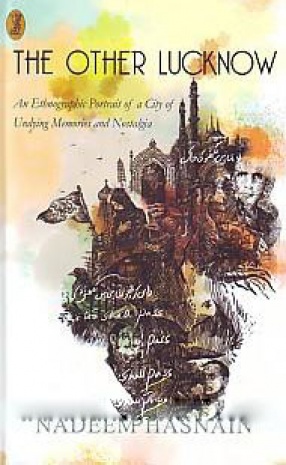
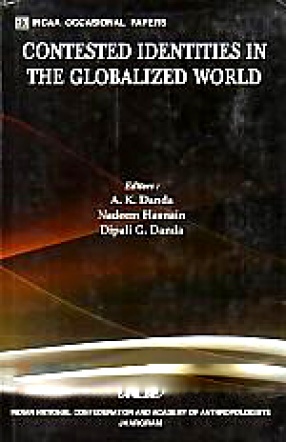
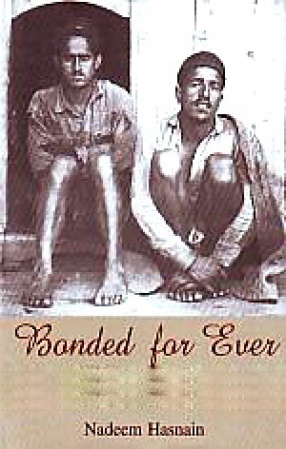
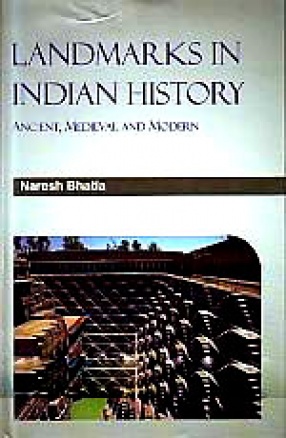

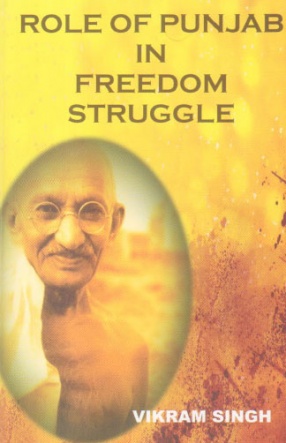
There are no reviews yet.